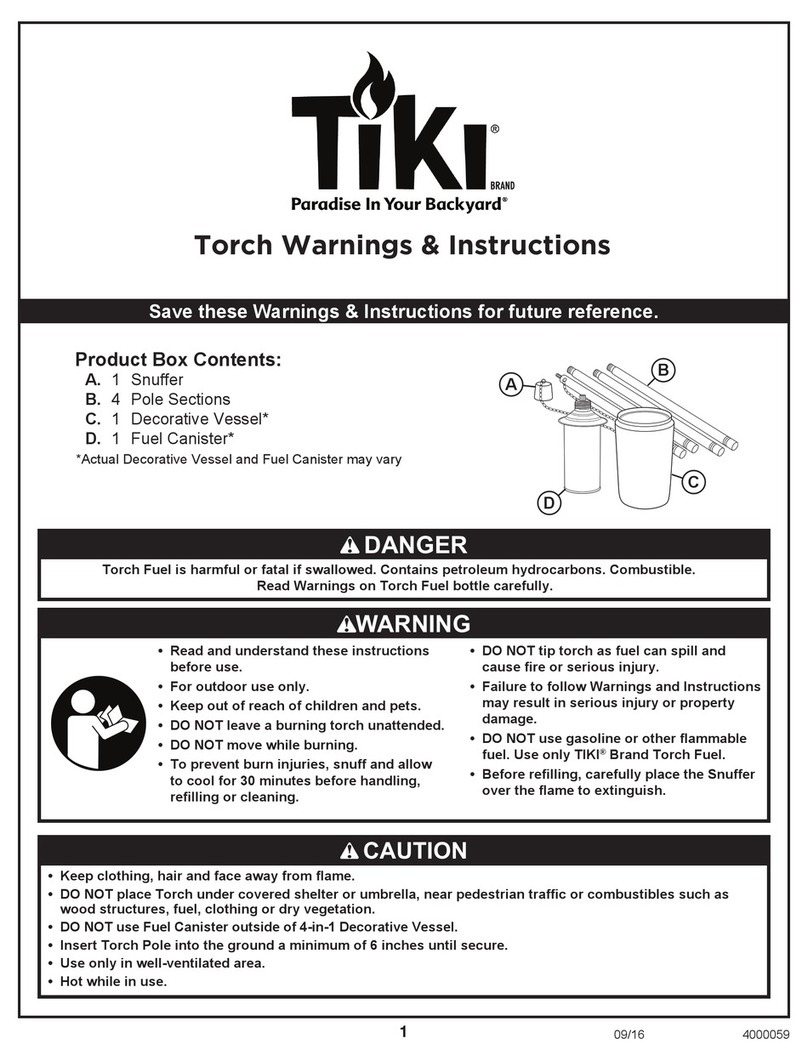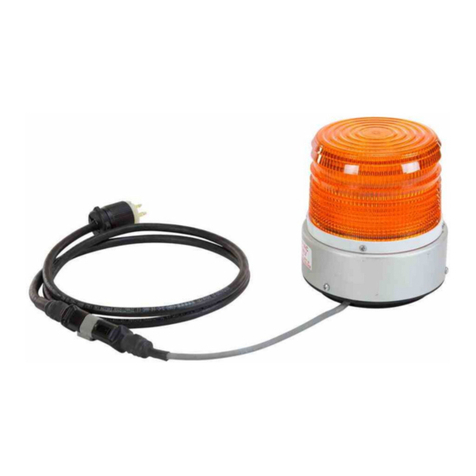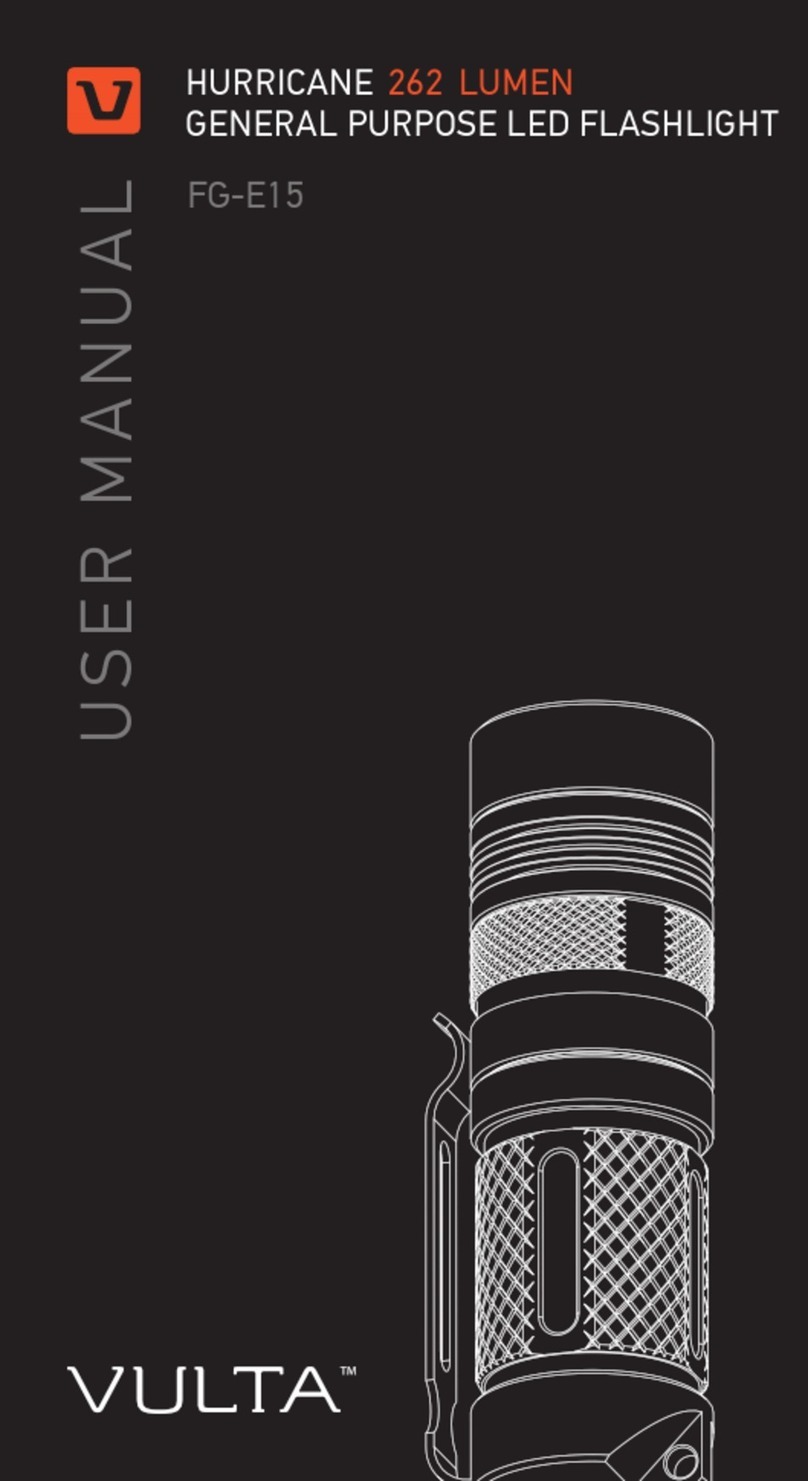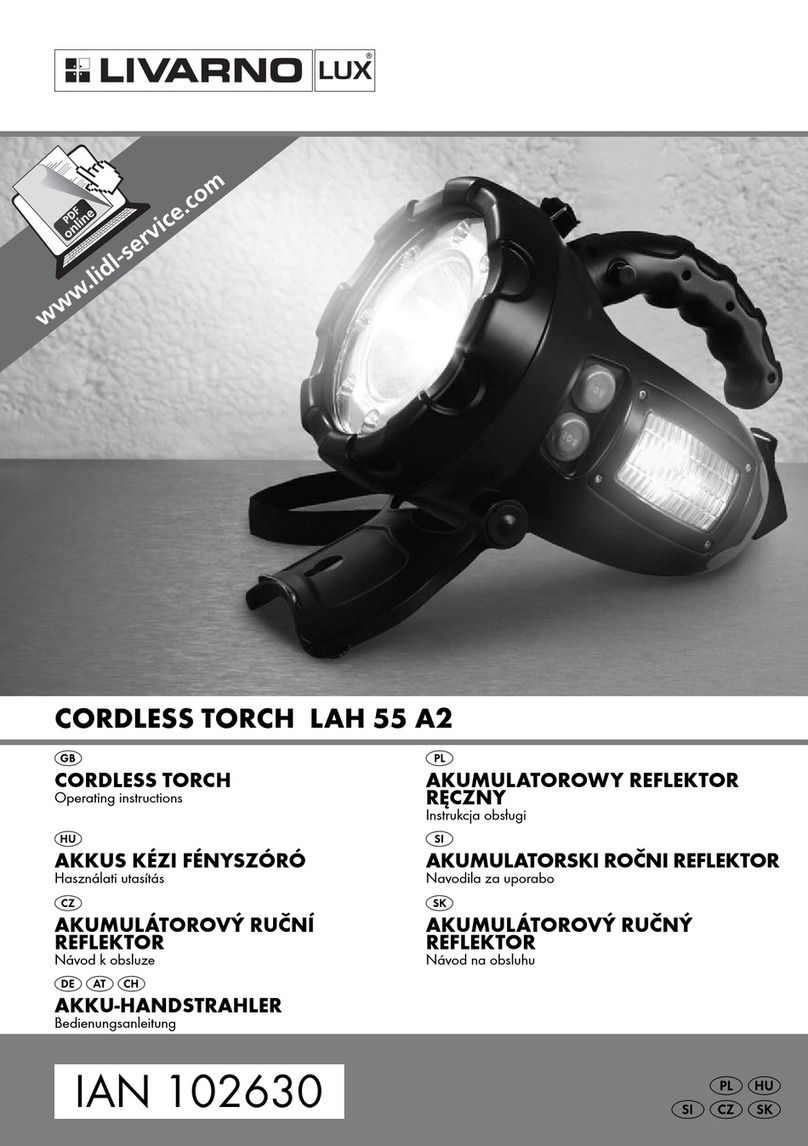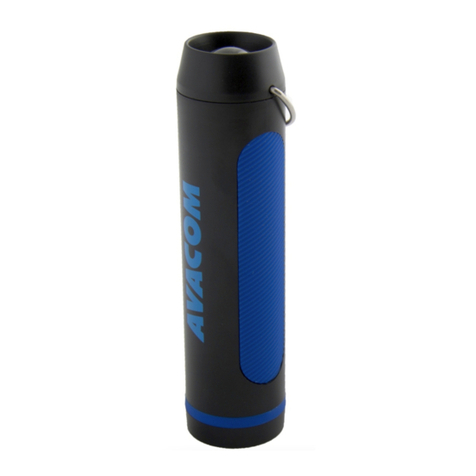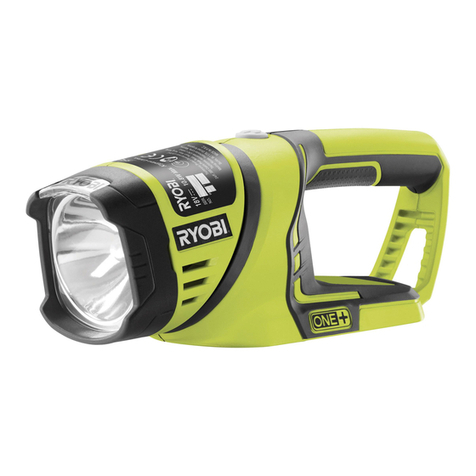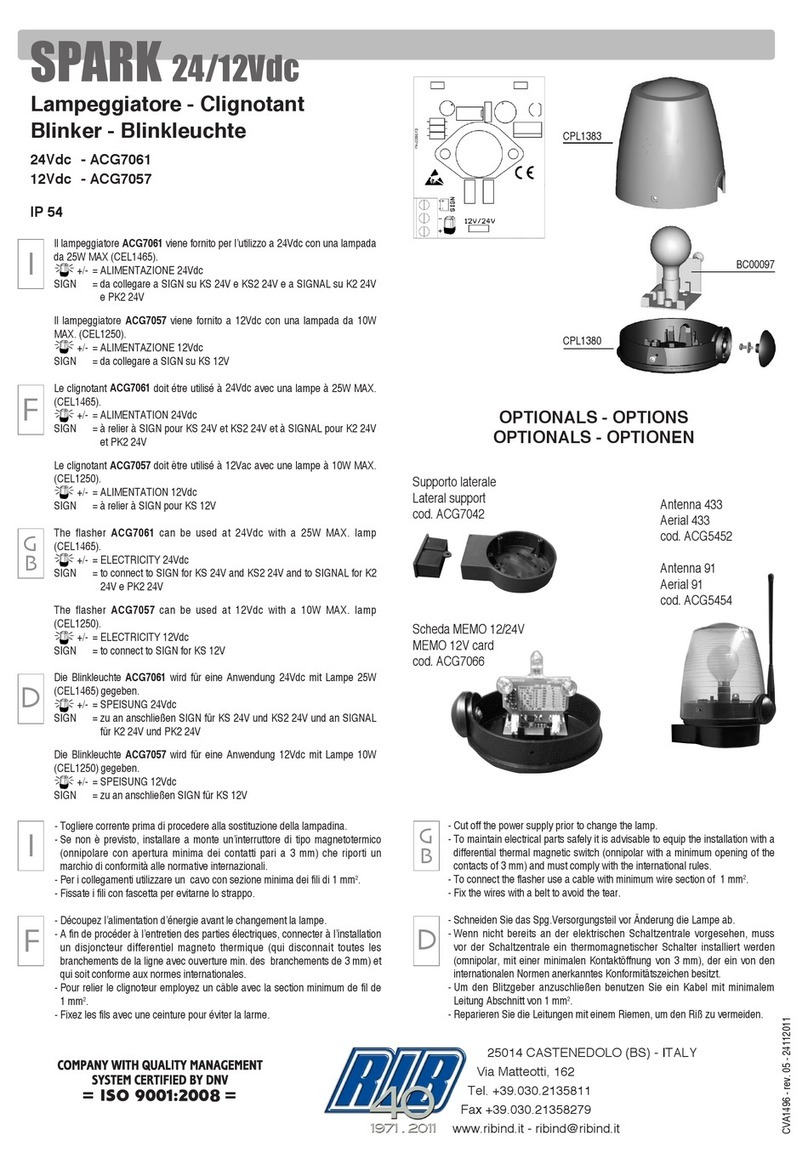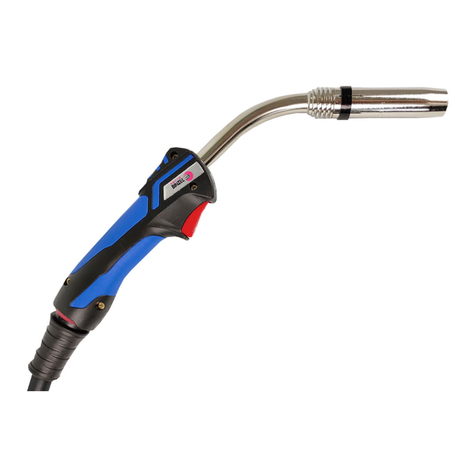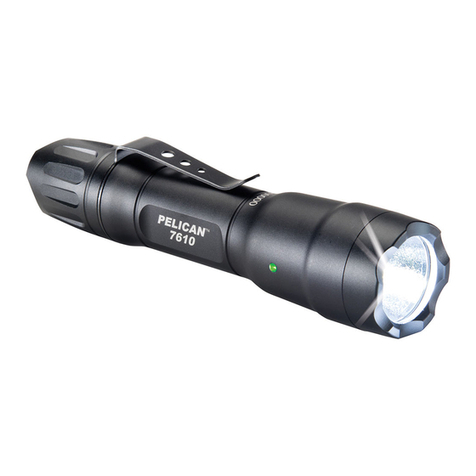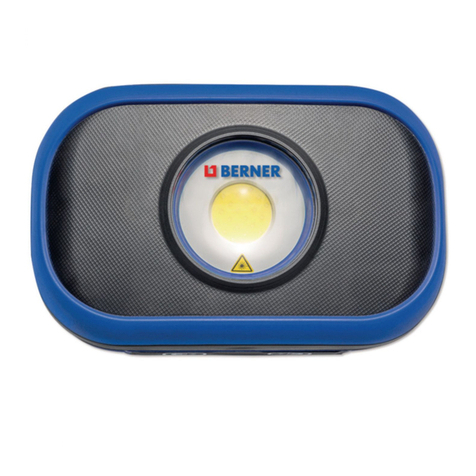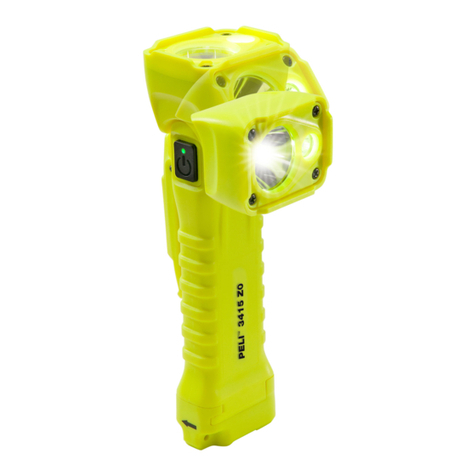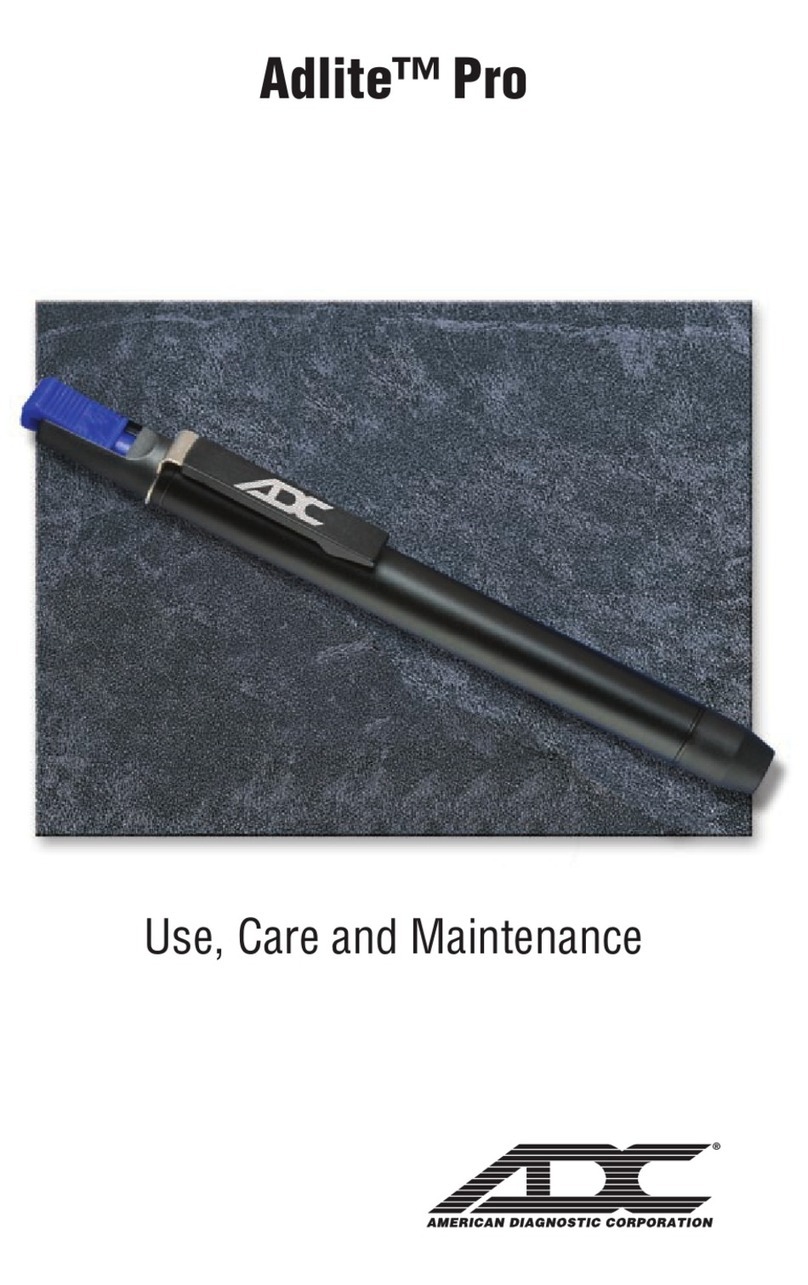CAUTION!
General safety instructions
Please read the instruction manual carefully before using this
product!
Flash-/ and halogen tubes as well as metal parts can become
very warm during operation and may cause burns if not handled
properly.
Opening the unit could be extremely dangerous! Do not open
the unit by yourself! Service should only be executed by an
authorized MULTIBLITZ service location.
Do not obstruct the venting slots.
Do not place filters, diffusing materials, or any other
obstructions directly onto the ash-/ and halogen tubes.
Do not expose the unit to water, nor spray-/or dripping water.
Solely use the supplied Multiblitz lithium-ion battery (art. no.
719665) for battery operation. For mains operation solely use
the corresponding multi-voltage power supply (art. no.
719668), available separately.
The crossed out wheeled bin label that can be
found on your product indicates that this product
should not be disposed of via the normal household
waste stream. To prevent possible harm to the
environment or human health please separate
this product from other waste streams to ensure that it can be
recycled in an environmentally sound manner.
For more details on available collection facilities please contact
your local government office or the retailer where you
purchased this product.
